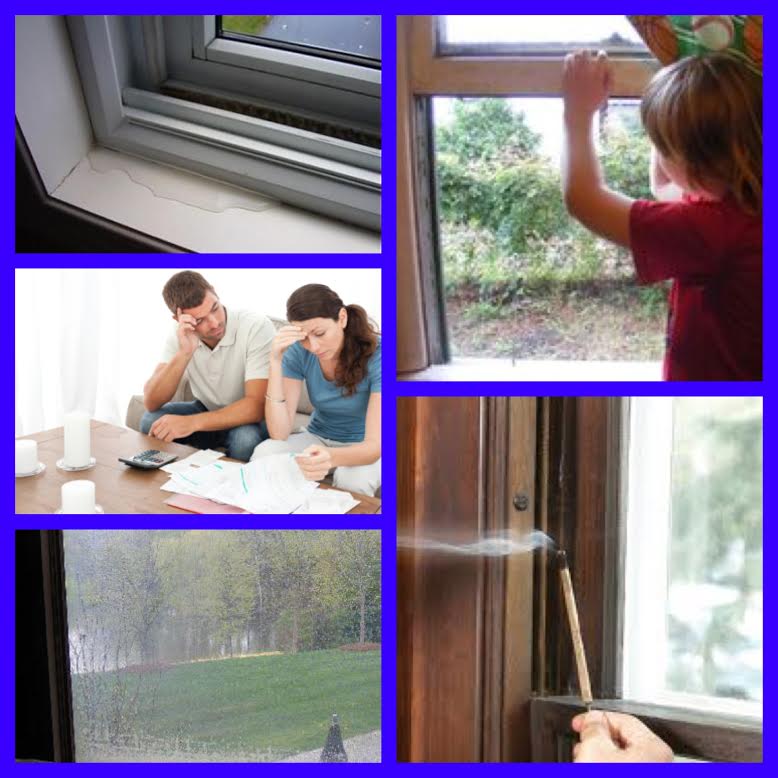At Coastal we’re all about making sure you’re warm & cozy in your home this winter. This time we’re focusing on windows as they are a key component to the thermal envelope checklist to make sure you save money on your energy bills while also staying warm.
As a recap, we talked about Inspecting Your Roof and also provided some great tips on winterizing your home and preparing you for the electricity shock with a few tips there. This time it’s about checking your windows.
Exterior Windows 101
- Windows should provide your home with adequate sunlight, warmth, and ventilation, but can also negatively impact a home’s energy efficiency.
- Inefficient windows can be a weak spot in your home’s thermal envelope.
- Department of Energy states, “When replacing windows, purchase the most energy-efficient windows you can afford because they will pay for themselves over their lifetime.”
Do you know what the 5 warning signs are? Take a look…..
Checking Your Windows
Typically unless you don’t like the look of your windows, you’re not interested in replacing them unless they have structural or energy efficiency problems. Here are the warning signs that you need to think about when considering window replacement. Get your home ready for winter and check out to see if you have any items on this list.
1. You Feel a Draft
You should not feel air literally coming in from the outside. There are many reasons for this such as old wood warped windows and loose corners in window frames and sashes.
2. You Have Trouble Shutting or Opening the Windows
Non-functional windows leave your home vulnerable to a break-in and significantly reduce your home’s level of insulation. If your window has a balance problem, the window can slam shut and be a safety hazard. Sometimes wood windows are painted shut from years of painting them over and over which can also cause rust, rot, which will then, in turn, cause them to fail to operate.
3. Seal Failure/Fogged Glass
Some people misjudge this for condensation which when it does not go away is called a seal failure. It happens between the two panes of glass and I think this is one of the worst signs of all because people don’t know what it means.
If you see this sign it means that there is little or no barrier between the indoor air you are spending on heating your home and the frigid air outside. Sometimes you can also see calcium deposits left by condensation.
4. Higher Increased Energy Bills
A higher energy bill can be due to the inefficient poorly insulated windows in your home. The Department of Energy states that it is more cost-effective to replace inefficient windows than try to improve them with measures such as caulking and weather-stripping.
A common misjudgment is that people think caulking and weather-stripping are an answer to solving your increased energy bills. They are only a means to reduce air leakage and improve comfort. If the leak is more than a ¼” wide, these options are not a cost-effective measure.
If your home has very old and/or inefficient windows, it might be more cost-effective to replace them than to try to improve their energy efficiency. New, energy-efficient windows eventually pay for themselves through lower heating and cooling costs, and sometimes even lighting costs.
5. Leaky Windows
These air leaks often result from improperly installed windows or poor home construction techniques.

Bottom Line:
Your energy bill can increase by up to 40% if you don’t have tight energy-efficient windows. This is one of the biggest air leaks in a home. It’s time to check them all out so you can be warm & save money this winter.
As always feel free to contact me if you have any questions. You can fill out a form or call us at 978-705-4109 for your FREE estimate on replacing your drafty windows and start your plan on being warm this winter.





